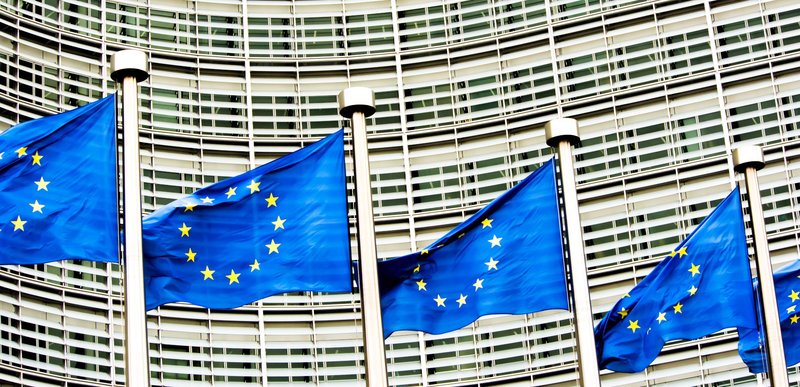News
EU Commission unclear on new detection method, but no doubts as to genetic engineering of Cibus rapeseed
In October 2020 Dr Georg Buchholz, a lawyer from the law firm GGSC acting on behalf of VLOG, wrote a letter to the European Commission concerning the new detection method and its assessment by the European Network of GMO Laboratories (ENGL). In the letter he explained why the new detection method is suitable for the monitoring and enforcement of the prohibition on unapproved genetically modified organisms (GMOs) such as the Cibus rapeseed. Dr Buchholz also stressed that the suspicion that SU rapeseed is present in imports is sufficient for the regulatory authorities to take action.
EU Commission expresses no doubt that Cibus rapeseed is genetically engineered
In a partially contradictory response, the European Commission dodges the question of which standards are to be applied for the detection of unapproved GMOs. What is significant, however, is that the Commission does not question the fact that the Cibus SU rapeseed is genetically modified – in contrast to what the European Networks of GMO Laboratories (ENGL) and the German Federal Office of Consumer Protection and Food Safety (BVL) had previously stated.
At the same time the Commission criticises the fact that the method is not capable of distinguishing a genetically modified SU rapeseed from a variant that “could” also come from a natural mutation; the method is regarded as “not suitable for compliance with the provisions”. As to Dr Buchholz’s argument that the method may nevertheless satisfy the requirement to at least provide grounds for a justified suspicion that traces of unapproved genetically-engineered plants are present, the letter does not address this.
On the other hand, and despite its reservations, the Commission notes that Member States wishing to use this detection method are aware of its limitations and that they should supplement it with suitable official control measures – exactly as Dr Georg Buchholz had already advised in his letter to the Commission. This means that the Member States can use the method.
Therefore, the Member States should use the new detection method immediately in order to protect the integrity of the European supply chain and to ensure that the unapproved genetically engineered rapeseed does not reach Europe.
Evaluation by ENGL of Cibus rapeseed detection based on incorrect legal assumptions (04.11.2020)
First open source detection test for a gene-edited GM crop (07.09.2020)

